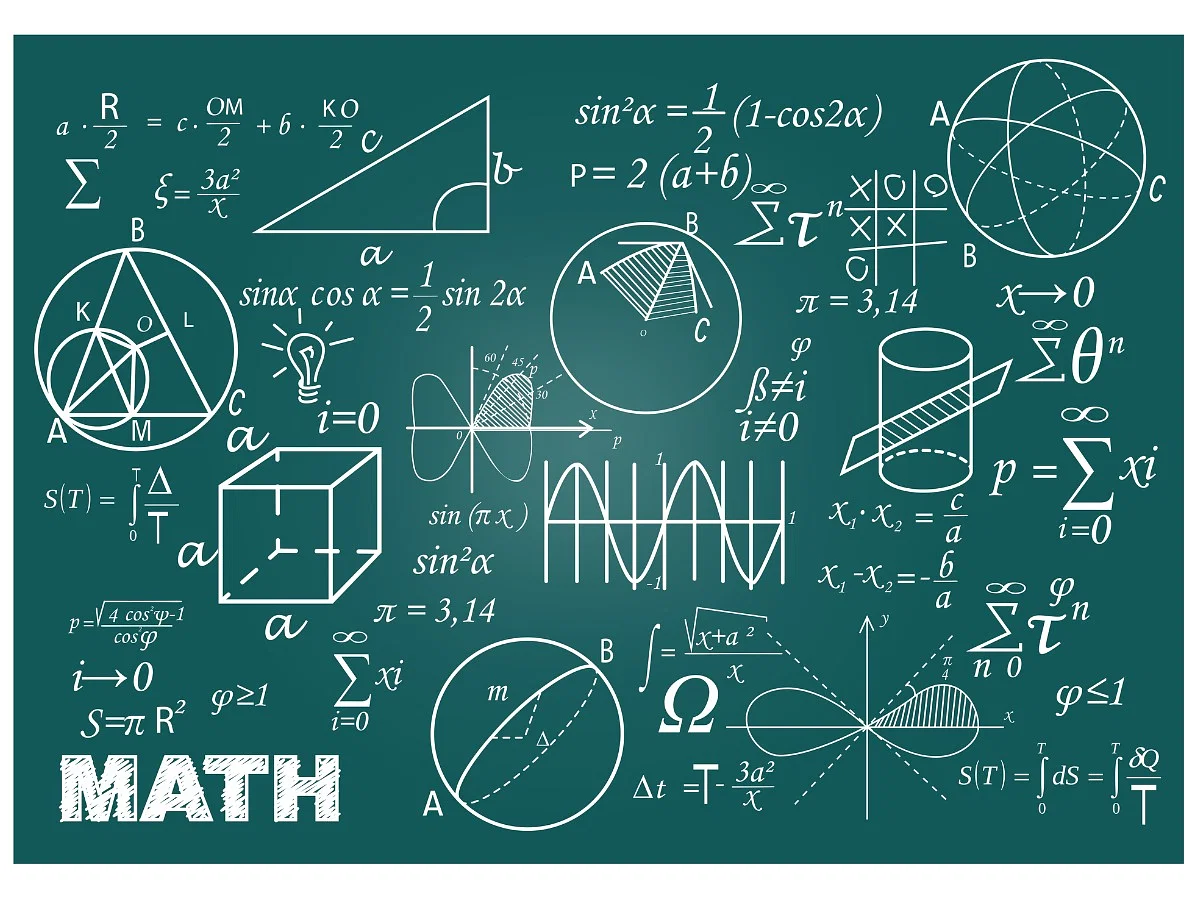Circles are everywhere in the natural world. They materialise in various scales, from the microscopic to the macroscopic, and can be found in multiple contexts, from the shapes of celestial bodies to the designs of buildings and infrastructure. Circles are also necessary for mathematics, where they play a crucial role in geometry and trigonometry. And in physics, they describe phenomena such as waves and oscillations. Overall, the circular shape is an efficient and useful form that often occurs in nature. In this article, you will learn the definition of a circle in maths and the different parts of a circle.
What Is a Circle?
A circle is a two-dimensional shape that is flat and made up of a curved line. A circle is round, and all points on the curved line are equidistant from the centre point. Humans have recognised the shape of a circle since ancient times. Some common examples of circles in nature include the shape of the sun and moon. Human-made objects such as finger rings, bangles and hula hoops are perfect examples of circular objects.
Parts of a Circle
A circle consists of eight different parts, namely circumference, arc, diameter, radius, chord, tangent, segment and sector. Let’s go through each and understand how they are defined.
Circumference
The circumference, also known as the perimeter of a circle, is made of many points that are equidistant from the circle’s centre. Circumference measures the boundary of a circle which is different from the area of a circle, which defines the region occupied by the circle. Circumference is usually measured in units, such as cm or unit m. It is measured using the following formula:
C=2πr
Where r is the radius of the circle.
Diameter
A diameter is the distance between two points on the circumference passing through the centre is called the diameter. The diameter can be calculated from the circumference using the following formula:
D = C/π
Where C is the circumference of the circle.
Radius
The radius is a line segment connecting the centre of the circle to any end of the circle. The radius is half the length of the diameter. The relationship between radius and diameter is given as follows:
Diameter of the circle = 2 × Radius of the circle
Chord
A chord is defined as a straight line inside the circle that touches two points of the circle’s circumference without passing the circle’s centre.
Tangent
A tangent is a straight line outside the circle that touches only one point of the circle’s circumference.
Arc
An arc of a circle is a portion of the circle’s circumference. An arc is a line segment that starts at one point on the circle and ends at another point on the circle. The part of the circle that is traced out by that line segment is an arc of the circle. If the arc is over half the circumference, it is called a major arc. It is called a minor arc if it is less than half of the circumference.
Sector
A sector of a circle is a portion of a circle enclosed between two radii and an arc. The two radii form an angle at the circle’s centre, and the arc forms the curved edge of the sector.
Segment
A segment of a circle is a region bounded by a chord and an arc of the circle. The segment can be either a minor or a major segment, depending on whether the chord cuts through the lower or upper part of the circle, respectively.



